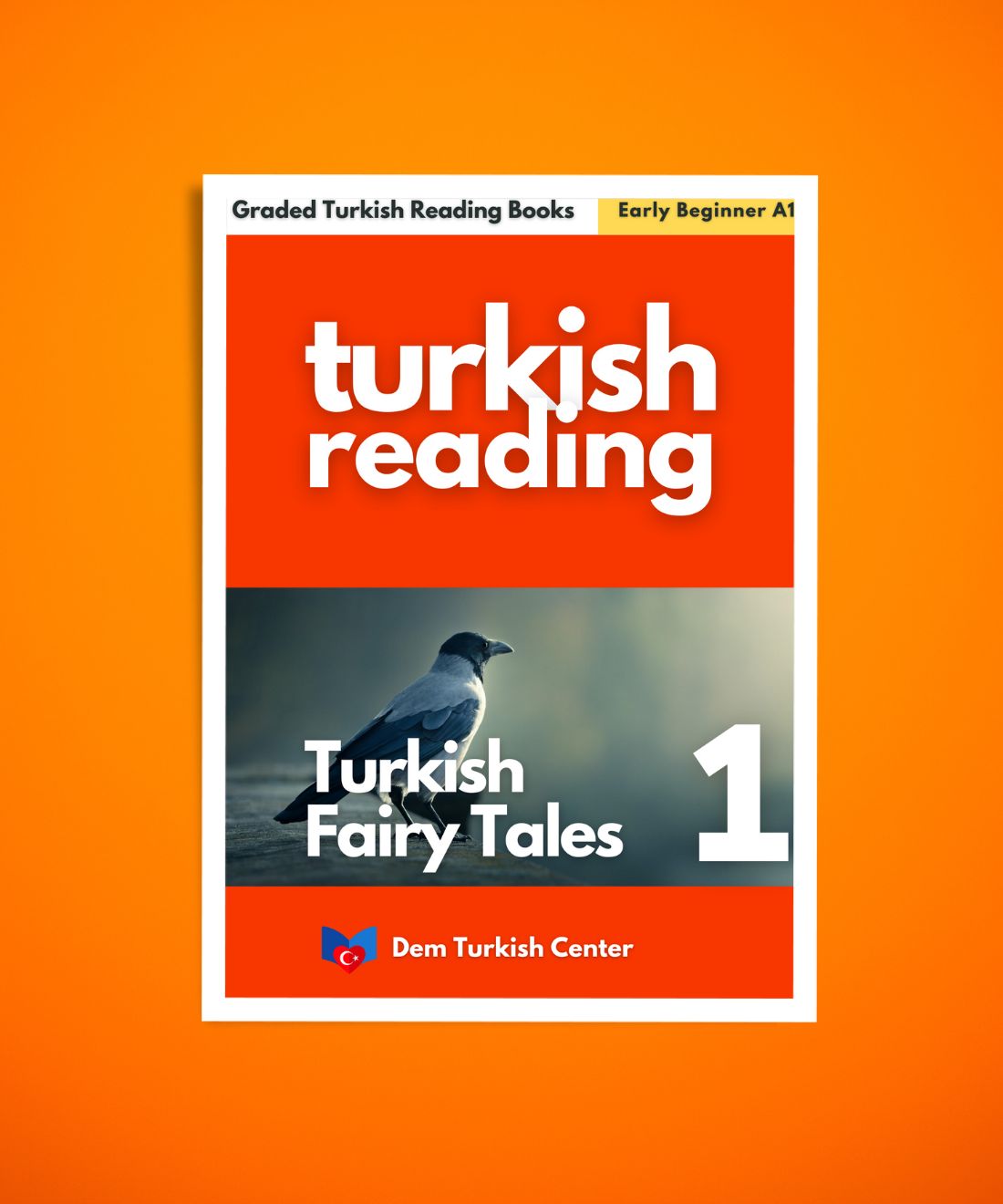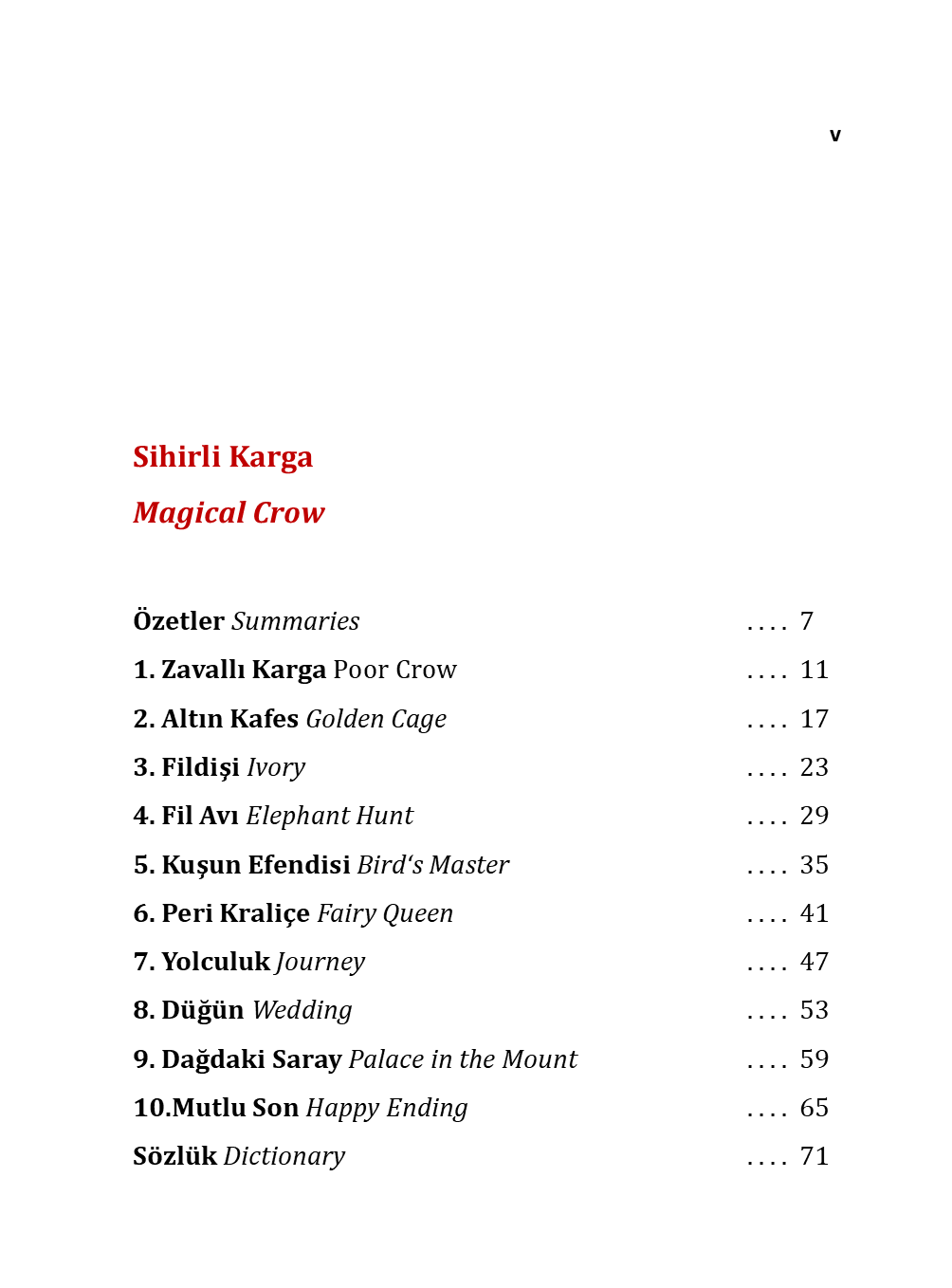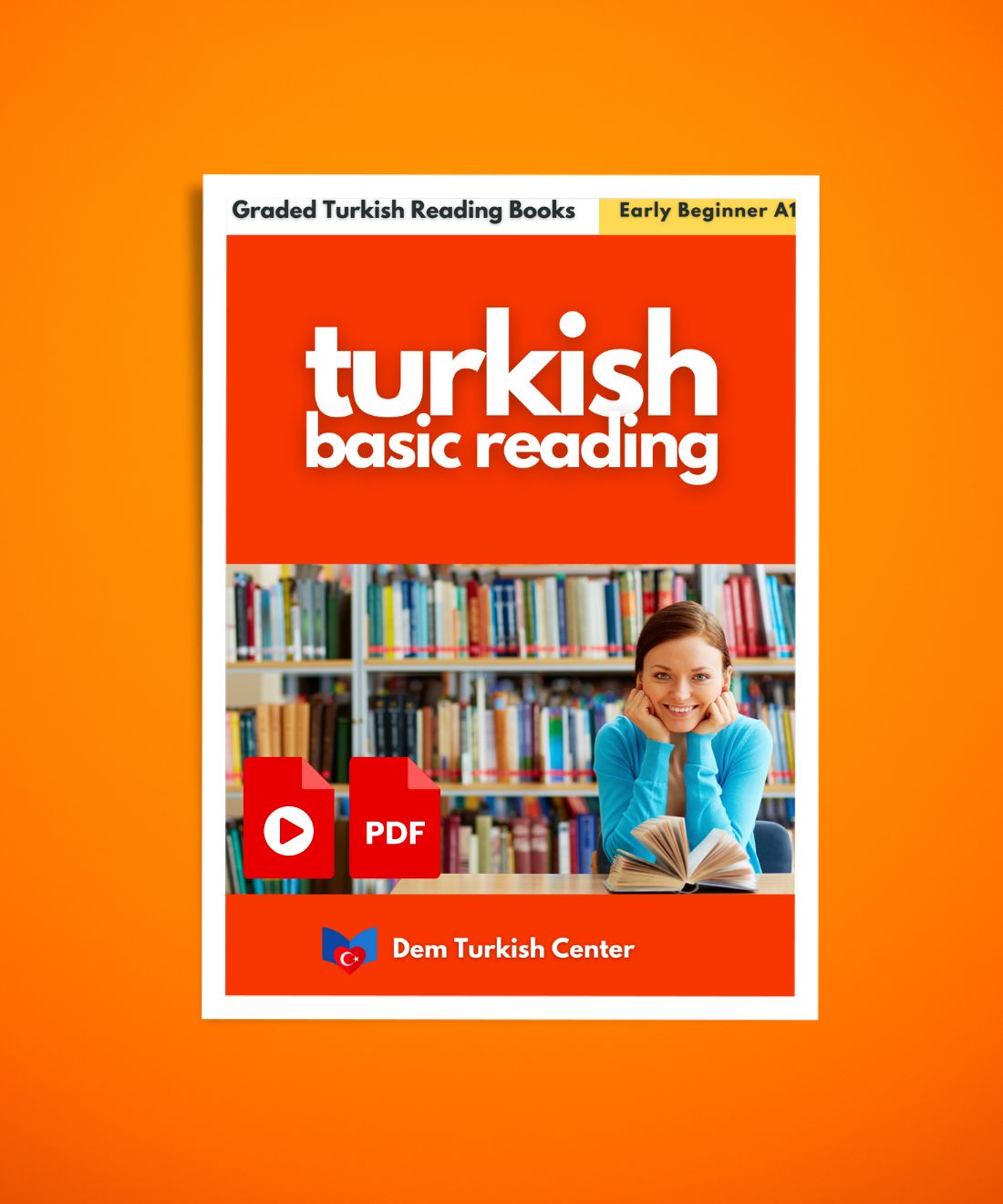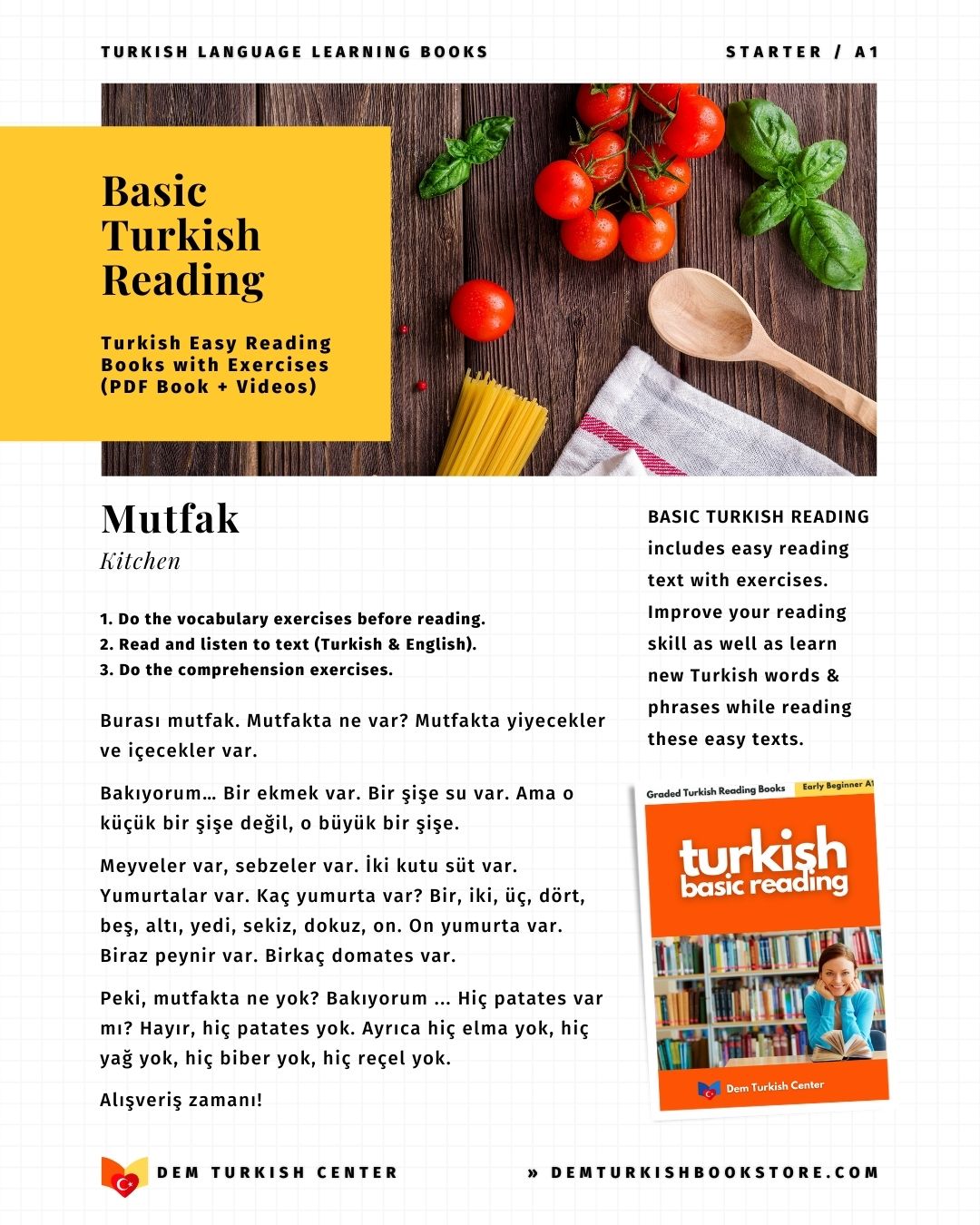
Inside The Ottoman Harem: Power, Politics & Daily Life
The Ottoman Harem has long been shrouded in mystery and fascination. Often misunderstood as merely a sultan's pleasure palace, the harem was, in reality, a complex institution that played a crucial role in Ottoman politics, culture, and dynasty-building.
In this blog post, we’ll explore the truth behind the harem, its hierarchy, and the powerful women who shaped the empire.
Mysterious World of the Ottoman Harem: Power, Politics, and Romance
Listen to this audio about "Ottoman Harem":
What Was the Ottoman Harem?
The word "harem" comes from the Arabic "haram", meaning "forbidden" or "private." In the Ottoman Empire, the Imperial Harem was a secluded section of the Topkapi Palace where the sultan, his family, concubines, and servants lived. Far from being just a place of leisure, it was a highly organized institution with strict rules and a rigid hierarchy.
Secrets Of The Ottoman Harem (Podcast Interview)
The Structure of the Harem
1. The Valide Sultan (Queen Mother)
The most powerful woman in the harem, often the mother of the reigning sultan. She controlled the harem’s administration and had significant political influence.
2. The Haseki Sultan (Chief Consort)
The favorite wife or concubine of the sultan, often the mother of his heir. Some, like Hürrem Sultan (Roxelana), became powerful political figures.
3. Concubines (Odalisques)
Women who entered the harem through purchase, gift, or capture. They were educated in arts, music, and etiquette, and some rose to prominence.
4. Eunuchs
Castrated male servants, often of African or Caucasian origin, who guarded the harem and managed its affairs. The Chief Black Eunuch was a key political figure.
Hürrem Sultan: From Slave to Ottoman Empress
The Role of the Harem in Ottoman Politics
Contrary to popular belief, the harem was not just a place of romance and intrigue—it was a center of power. Influential women like:
- Hürrem Sultan Originally a concubine, she became Suleiman the Magnificent’s legal wife and a key political advisor.
- Kösem Sultan One of the most powerful women in Ottoman history, she ruled as regent for her sons and grandson.
- Nurbanu Sultan A Venetian-born consort who became Valide Sultan and influenced foreign policy.
These women negotiated alliances, managed vast estates, and sometimes even directed state affairs behind the scenes.
Empress Theodora: The Most Powerful Woman in Byzantine History
Life Inside the Harem
The harem was a microcosm of Ottoman society, with its own rules and traditions:
- Education & Training Concubines were trained in poetry, music, embroidery, and court etiquette.
- Marriage & Motherhood A concubine who bore a child gained higher status. If her son became sultan, she became Valide Sultan.
- Isolation & Luxury While secluded, women enjoyed luxuries like silk robes, exquisite jewelry, and private gardens.
Myths vs. Reality
Western depictions often portrayed the harem as a place of decadence and idleness, but historical records show it was a disciplined and politically significant institution. The idea of hundreds of women lounging in baths waiting for the sultan’s attention is largely exaggerated—most concubines never even met him.
Legacy of the Harem
The harem system declined with the weakening of the Ottoman Empire in the 18th and 19th centuries. Yet, its legacy lives on in art, literature, and popular culture—from paintings by Orientalist artists to modern TV series like "Magnificent Century".
The Ottoman harem was far more than a pleasure palace—it was a sophisticated institution where women wielded immense power, shaping the empire’s destiny. By understanding its true nature, we move beyond exoticized myths and appreciate its historical significance.
What do you think about the Ottoman harem? Let us know in the comments!













